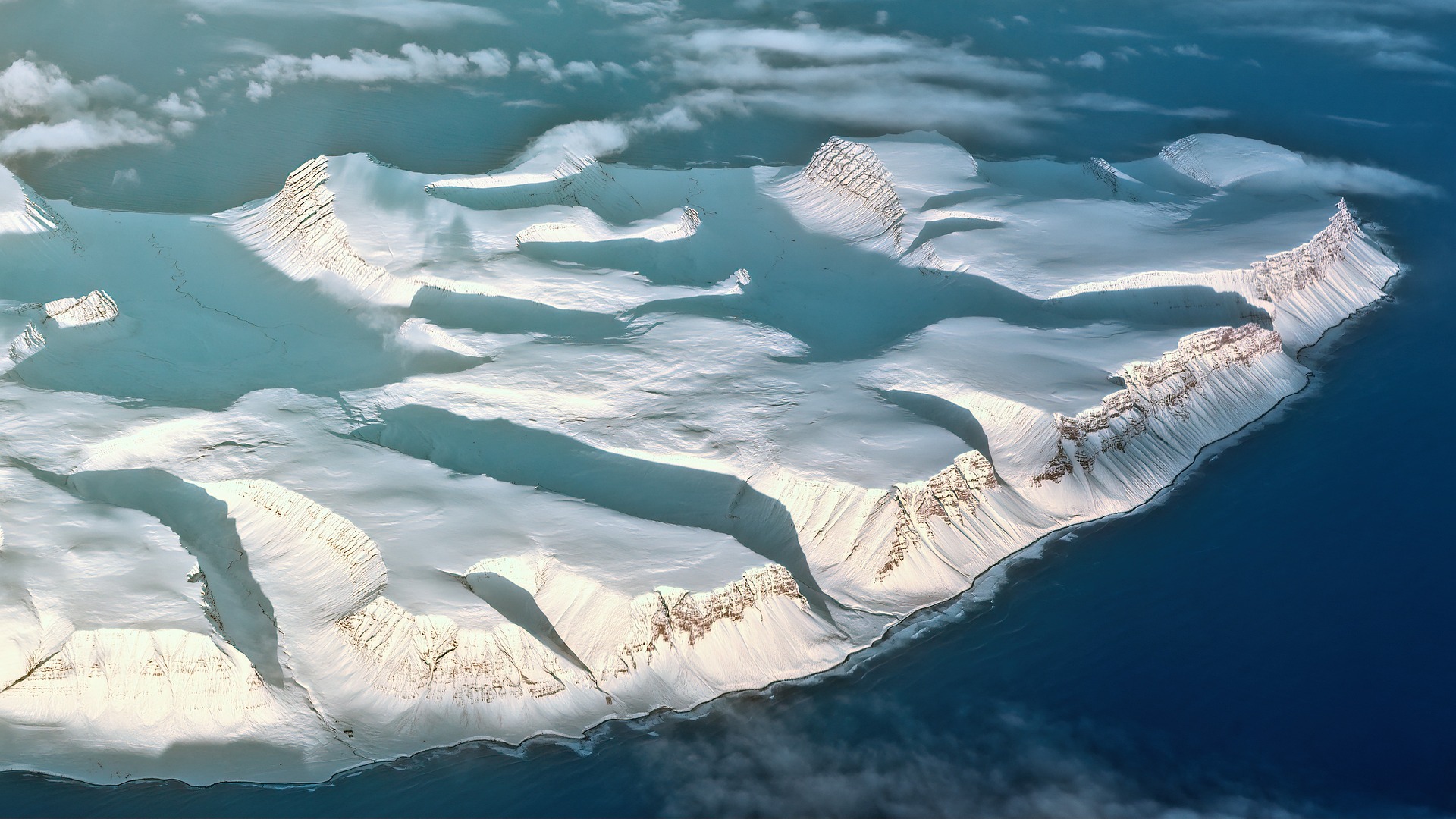News release
From:
Stronger El Niño could cause irreversible melting of Antarctica
New research led by scientists at CSIRO, Australia’s national science agency, has shown that future increases in the strength of El Niño may accelerate the irreversible melting of ice shelves and ice sheets in Antarctica.
The results, published in Nature Climate Change, used climate models to show how an increase in the variability of El Niño Southern Oscillation (ENSO) leads to reduced warming near the surface, but accelerated warming of deeper ocean waters.
ENSO is a key driver of climate variability, as both its warm phase, El Niño, and its colder phase, La Niña, influence weather conditions around the world, including in Australia.
Wenju Cai, lead author of this study and global expert on the relationship between climate change and ENSO, said the research was a critical step in further understanding how Antarctica will be affected by climate change.
“Climate change is expected to increase the magnitude of ENSO, making both El Niño and La Niña stronger,” Dr Cai said.
“This new research shows that stronger El Niño may speed up warming of deep waters in the Antarctic shelf, making ice shelves and ice sheets melt faster.
“Our modelling also revealed that warming around the edges of floating sea ice is slowed during this process, slowing down the melting of sea ice near the surface.
“Models with increased ENSO variability show a reduced upwelling of deeper, warmer waters, leading to slower warming of the ocean surface,” he said.
The associated winds around Antarctica are the mechanism driving this result.
When ENSO variability increases, it slows the intensifying westerly winds along the shelf. As a result, the upwelling of warm water around Antarctica is not able to increase as much.
The research team examined 31 climate models that participated in Phase 6 of the Coupled Model Intercomparison Project (CMIP6) under historical forcings and a high-emissions scenario.
Co-author Ariaan Purich from Securing Antarctica’s Environmental Future at Monash University said the effects of increasing ENSO variability go beyond extreme weather risks, and affect changes in Antarctic sea ice and ice shelves and sheets.
“This could have broad implications for the global climate system, so continuing to understand how ENSO will respond to climate change is a critical area of climate research,” Dr Purich said.
“There is still a lot more we need to understand about processes influencing shelf temperatures, and the finding is an important piece of the puzzle," she said.



 Australia; NSW; VIC; TAS
Australia; NSW; VIC; TAS


